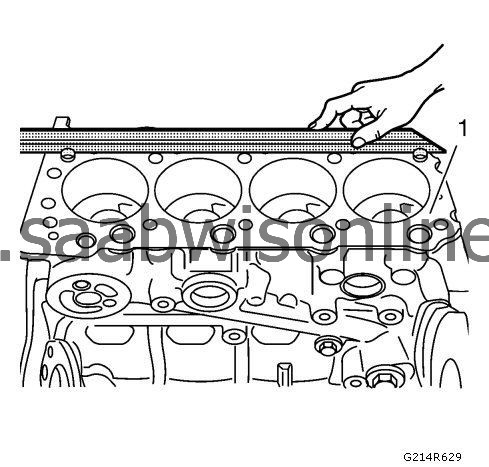Engine Block Cleaning and Inspection
|
|
Engine Block Cleaning and Inspection
|
Special Tools
EN-8087
Cylinder Bore Gauge
For equivalent regional tools, refer to
Special Tools
.
|
1.
|
Clean the sealing material from the gasket mating surfaces (2).
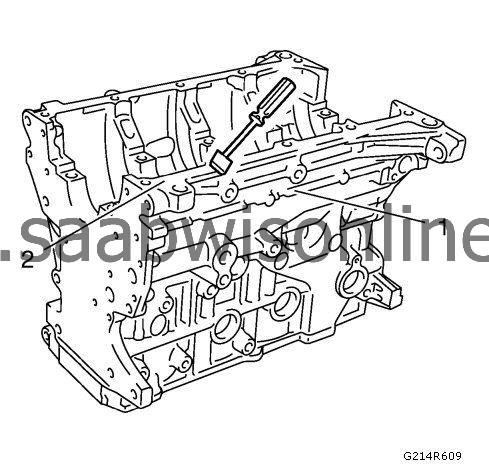
|
|
2.
|
Clean the engine block (1) and lower crankcase in a cleaning tank with solvent appropriate for aluminum.
|
|
3.
|
Flush the engine block with clean water or steam.
|
|
4.
|
Clean the oil passages.
|
|
5.
|
Clean the blind holes.
|
|
6.
|
Spray the cylinder bores and the machined surfaces with engine oil.
|
|
7.
|
Inspect the threaded holes. Clean the threaded holes with a rifle brush. If necessary, drill out the holes and install thread inserts.
|
|
9.
|
Inspect the oil pan rail for nicks. Inspect the front cover attaching area for nicks. Use a flat mill file to remove any nicks.
|
|
10.
|
Clean the sealing material from the gasket mating surfaces on the lower crankcase engine block side (1).
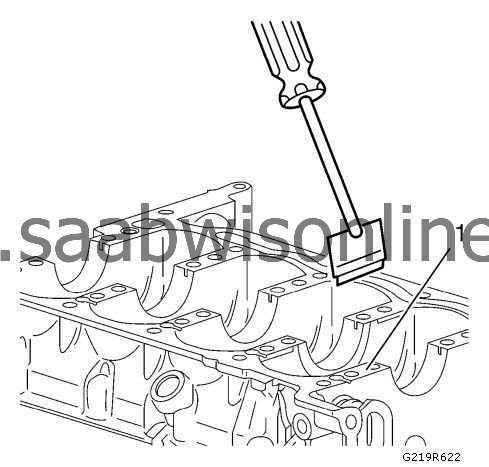
|
|
11.
|
Clean the sealing material from the gasket mating surfaces on the lower crankcase oil pan side (1).
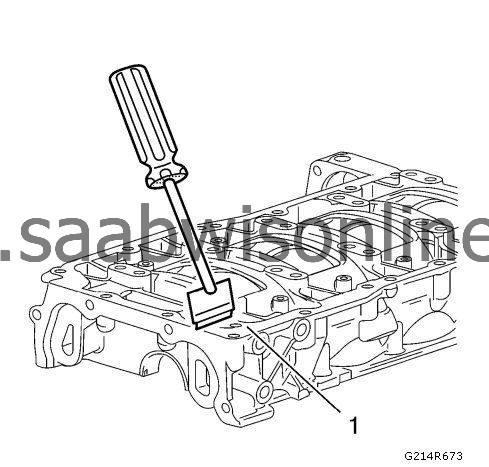
|
|
12.
|
Inspect the crankshaft main bearing bores. Use the
EN-8087
gauge (1) to measure the bearing bore concentricity and alignment.
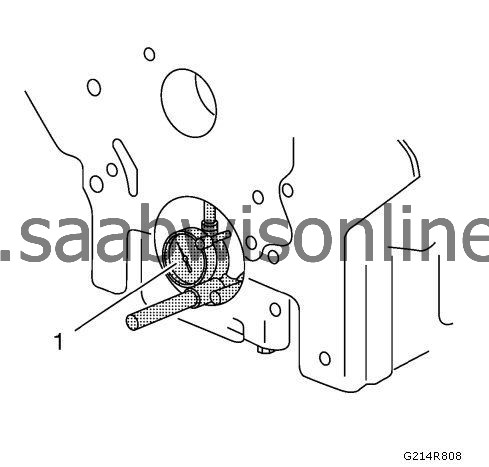
|
|
13.
|
Replace the engine block and bed plate if the crankshaft bearing bores are out of specification.
|
|
14.
|
Inspect the cylinder bores using the
EN-8087
gauge (1). Inspect for the following items:
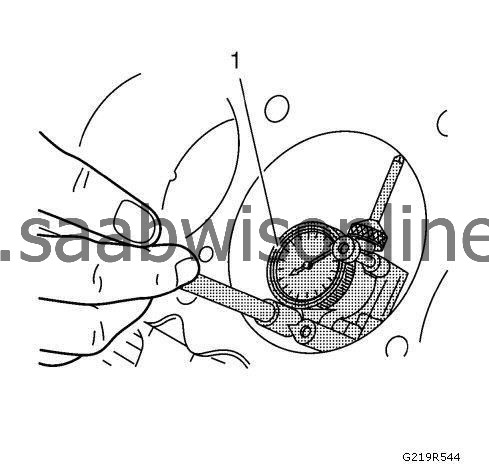
|
|
15.
|
If the cylinder bores are out of specification, replace the block.
|

